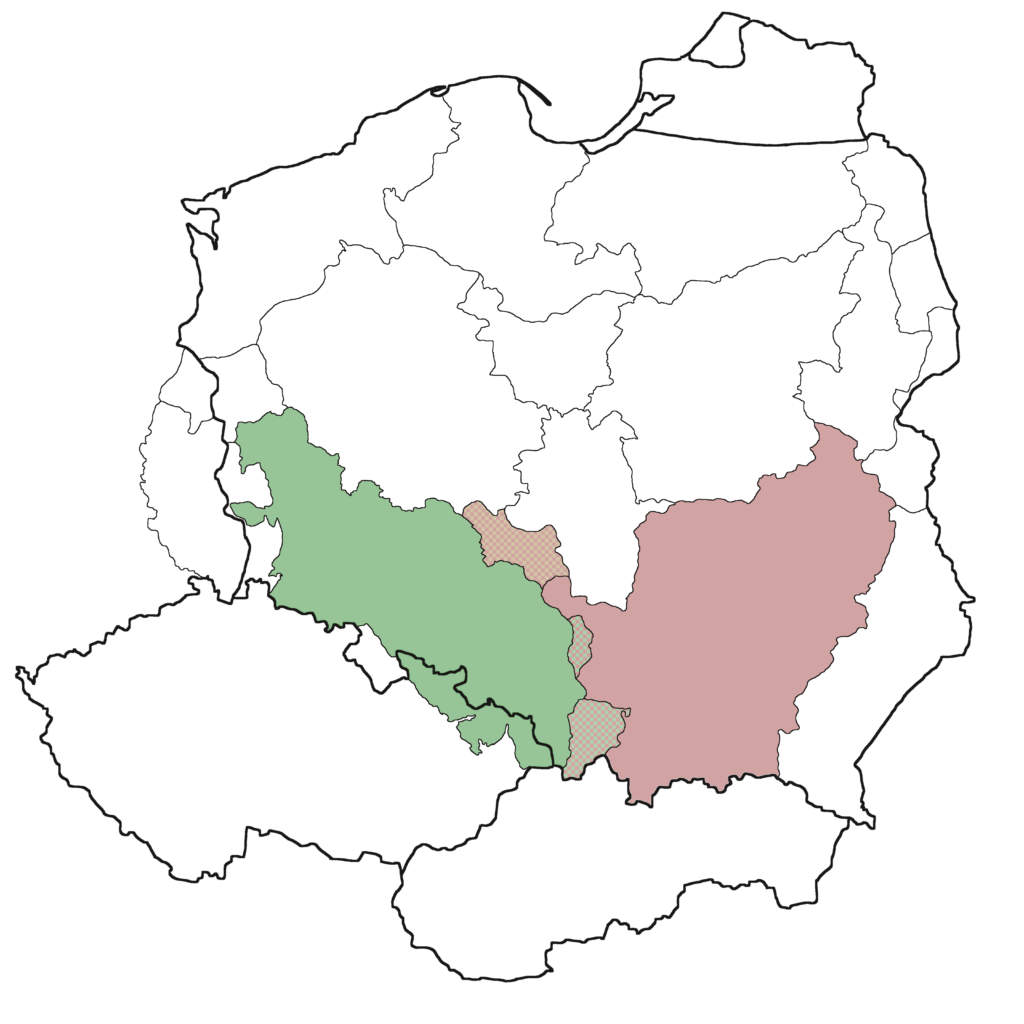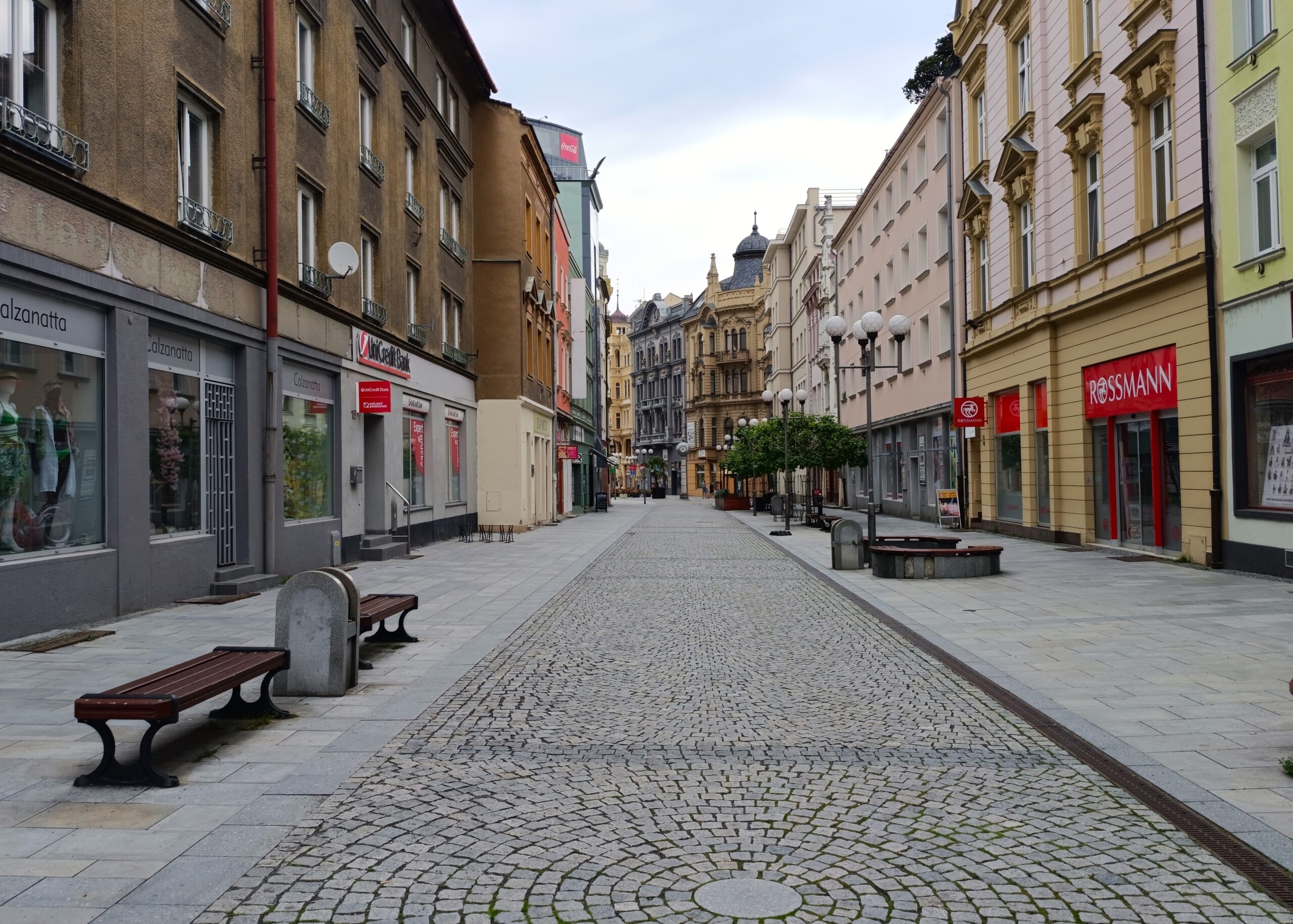The Tourist Guide
Oko na Świat
Poland – Europe
SIGHTSEEING
Here, you will find the most important landmarks, along with information about their locations, entrance fees, accessibility, and brief descriptions of their historical significance, making your sightseeing easier.
Curiosities
Here, you will discover local curiosities—legends, tales, traditions, symbols, and cultural events—that will allow you to explore the city from an unconventional perspective.
History
Here, you will find historical facts. In just a few paragraphs, you will learn about the history of the selected city, from the Middle Ages to modern times, enhancing your immersion and helping you better understand what you are exploring.
What to See
NEWS
Czech republic
opava
- The breathtaking monuments of this enchanting city are truly unique within all of Silesia. The tallest tower in the region and the largest brick Gothic structure in the Czech Republic, combined with numerous historic churches, create a one-of-a-kind, historical atmosphere.
- Opava is a city like no other. The local dialect, spoken only in this region, highlights its distinct cultural identity. It is also the birthplace of one of the most prominent Czech national poets. And to top it off—where else can you enjoy a meal in a 16th-century townhouse?
- For centuries, Opava has played an important role in the history of Silesia. Its significance grew especially when it became the capital of Austrian Silesia—one of the regions of the Habsburg Monarchy.
Poland
- Głogów, a city deeply scarred by war, has for years been steadily rebuilding its cultural and historical heritage. The most important landmark on its historical map is the Castle of the Dukes of Głogów, situated near the first collegiate church in Silesia and the charming town square, home to the tallest town hall tower in the region.
- This is a city rich in fascinating stories—from the legendary Defense of Głogów, to the significant Głogów Assembly, and the life of the first printer of Polish origin.
- Głogów ranks among the most important cities of Lower Silesia. Its turbulent past led to the division of the city and frequent political shifts. Eventually, it was transformed into a fortress, a decision that significantly limited its population and hindered development for many years.
Click on the region!
INTERACTIVE MAP OF POLAND AND ITS SURROUNDINGS

SILESIA
Lesser Poland
(soon)
POLAND – THE CZECH REPUBLIC
SILESIA
Sightseeing
Silesia is a truly unique region in Europe—a place where various cultures, nationalities, and religions have intersected for centuries. This remarkable diversity is reflected in its architecture: alongside medieval castles tied to the histories of Poland and the Czech lands, you can admire elegant palaces, imposing fortresses, and sculptures erected by Austrians and Germans.
Silesia is home to landmarks unparalleled in Poland, such as the country’s oldest private building and the only Romanesque rotunda with a preserved nave. Among its many attractions, the region stands out for its wealth of sacred architecture. Here, 13th-century churches housing the remains of Piast dynasty dukes coexist with later Protestant churches, creating a fascinating cultural landscape.
But let’s not forget the more modern attractions! After all, Silesia is home to Poland’s capital of music. Outdoor enthusiasts can explore scenic walking and cycling routes along reservoirs that bring to mind the charm of Venice. The local wildlife is also impressive—after all, here you can find… bison?
A trip to Silesia is the perfect opportunity to rediscover Poland!
Curiosities
Silesia is the cradle of many ancient Slavic myths and legends. Its proximity to the Oder River fueled stories of water spirits, midday demons, and other supernatural beings for centuries. Some old traditions, like the drowning of Marzanna, have survived to this day, and nearly every Silesian town has its own unique legend.
Over time, local customs evolved under the influence of Austrians and Germans, who brought their own traditions. As a result, Silesia became a fascinating blend of Western European customs interwoven with its native heritage.
Silesia has long been one of Europe’s most important regions, home to remarkable historical figures and events. To this day, some Silesian dukes still retain their noble titles. In the 18th century, a company from Upper Silesia conquered the global market, and not long ago, the President of the United States was… a Piast?
Exploring Silesian traditions offers a deeper understanding of its extraordinary cultural heritage.
History
What makes Silesia truly unique is its location at the crossroads of multiple nations and cultures. In the Middle Ages, divided into numerous duchies, it became a battleground for the kings of Poland and Bohemia. Power struggles led to wars and shifting alliances, but this did not mean that the Silesians were mere bystanders—Silesian duchies left a significant mark on the history of Central and Eastern Europe.
Even after the fall of both kingdoms, Silesia remained a contested land. This time, it was the Austrian Habsburgs and the rising power of Prussia who fought over it. At the same time, urbanization and industrial development accelerated, alongside a growing sense of national identity among its inhabitants, including Poles.
Silesia’s turbulent past led to the formation of several distinct historical regions, such as Upper Silesia, Lower Silesia, Cieszyn Silesia, and Opavian Silesia. Each of these regions has its own unique identity, serving as a testament to how history continues to shape the present.
Understanding Silesia’s past allows for a deeper appreciation of its modern character.
Discover Silesian cities!
- Cieszyn — The Divided City
- Racibórz — The Forgotten Capital of Upper Silesia
- Prudnik — The Craft Center
- Pszczyna — Architectural Wonder of Silesia
- Brzeg — The Renaissance center of Lower Silesia
- Opole — The Historical Center of Upper Silesia
- Nysa — The Catholic Capital of Silesia
- Bytom — The Historical-Industrial City
- Legnica — The Capital of the Piast Dynasty
- Głogów — The Silesian Phoenix
- Opava — The Center of Czech Silesia
Oko na Świat © Artur Gołębiowski


